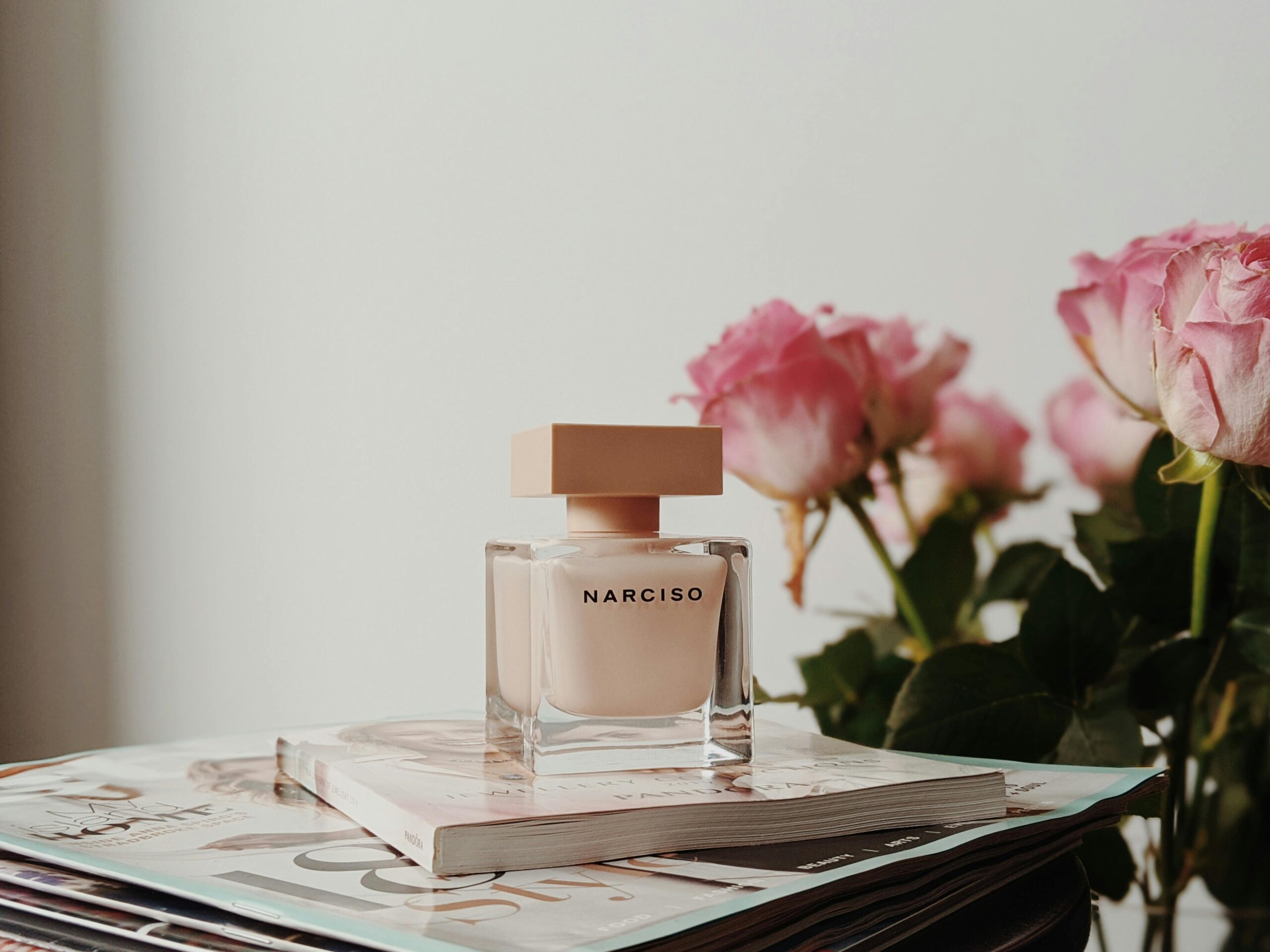In the artful world of fragrance, nothing says luxury and individuality quite like crafting your own signature scent. One of the most intriguing and rewarding ways to do this is through perfume layering—a technique that allows you to blend different scents to express your personality, evoke emotions, and stand out in any crowd. Whether you’re trying to enhance a floral scent, deepen your everyday fragrance, or experiment with something exotic like bakhoor, this guide will take you through everything you need to know.
If you’re new to perfume layering, don’t worry. We’ll cover the basics, break down layering combinations, discuss the historical and cultural roots (including dakhoon meaning), and give you professional tips to ensure your scent stays balanced and long-lasting.
What Is Perfume Layering?
Perfume layering is the process of combining two or more fragrances—or scented products—to create a unique, custom scent. It’s not just about spraying different perfumes on top of each other; it’s about understanding how different notes interact and evolve over time.
Perfume layering can involve:
-
Using a scented lotion or oil as a base.
-
Spraying multiple perfumes strategically on different parts of the body.
-
Blending complementary fragrances to enhance complexity.
The result? A personalized scent that evolves throughout the day and reflects your taste, mood, and cultural identity.
Why Layer Perfumes?
-
Individuality: You’re not confined to one bottle; you’re free to invent.
-
Customization: Tailor your scent to seasons, occasions, or moods.
-
Depth: Layering can enhance or soften specific notes.
-
Longevity: Some combinations can extend your perfume’s staying power.
You’re no longer limited by what’s on the shelf—you become your own perfumer.
Understanding Fragrance Families
Before diving into layering, you need to understand fragrance families, because layering is all about balance and contrast.
Common Fragrance Families:
-
Floral Scent: Rose, jasmine, lily, peony. Soft, feminine, versatile.
-
Woody: Sandalwood, cedar, vetiver. Grounding and earthy.
-
Oriental: Amber, incense, spices. Warm and sensual.
-
Fresh: Citrus, green tea, mint. Bright and energetic.
-
Gourmand: Vanilla, caramel, chocolate. Sweet and edible.
-
Aquatic: Marine, rain, ozone. Clean and breezy.
-
Fruity: Apple, berry, pear. Juicy and playful.
Pro Tip: A floral scent pairs beautifully with fruity, woody, or musky bases for added richness.
The Role of Notes in Layering
Each perfume is made up of three types of notes:
-
Top Notes: The first impression (citrus, herbs)
-
Middle Notes (Heart): The core scent (floral, spice)
-
Base Notes: The lasting memory (amber, musk, wood)
When layering, aim to:
-
Match base notes for harmony.
-
Contrast top and heart notes for complexity.
Step-by-Step Guide to Perfume Layering
Step 1: Start with Clean, Moisturized Skin
Perfume clings better to hydrated skin. Start with an unscented moisturizer or a lightly scented lotion that complements your intended base.
Step 2: Choose a Foundation Scent
Select a base perfume—usually something with depth and longevity like amber, musk, or wood.
Example: Start with a floral scent like rose for femininity, or a musk base for sensuality.
Step 3: Add a Top Layer for Personality
This is where you add sparkle, sweetness, or freshness. Use a scent with bright or fruity top notes to uplift your base.
Example: Pair jasmine or ylang-ylang with a fruity mandarin splash.
Step 4: Apply Strategically
Don’t mix everything in one spot. Try:
-
Base scent on wrists and behind ears.
-
Top layer on neck and clothes.
This helps the fragrances unfold separately and then blend naturally as you move.
Step 5: Let It Settle
Wait 15–20 minutes before judging the final scent. Your body heat and natural oils will bring the layers together.
Best Perfume Layering Combinations
1. Floral + Woody
-
Example: Jasmine + Sandalwood
-
Creates balance between sweetness and depth.
2. Fruity + Gourmand
-
Example: Peach + Vanilla
-
Youthful and delicious, perfect for casual wear.
3. Citrus + Musk
-
Example: Grapefruit + White Musk
-
Fresh and clean, great for summer.
4. Floral Scent + Amber (Allure and Depth)
-
Example: Rose + Ambergris
-
Adds warmth and richness—perfect for date nights or colder weather.
Here, the allure of amber works as a magical base, holding the scent together while giving it strength and mystery.
Cultural Layering: The Dakhoon Connection
Let’s talk about a traditional layering method you may have heard of—Dakhoon.
Dakhoon Meaning:
“Dakhoon” (also spelled Bakhoor) refers to Arabic incense made from wood chips soaked in fragrant oils and mixed with ingredients like rose, oud, musk, and sandalwood. When burned, it releases thick, aromatic smoke that clings to fabric, hair, and skin.
In Middle Eastern cultures, dakhoon is used to:
-
Scent the home and clothing.
-
Prepare for special events.
-
Layer underneath personal perfume.
By using dakhoon as a base and then spraying a floral scent or oriental perfume on top, you create an incredibly luxurious, long-lasting fragrance trail that’s deeply rooted in heritage.
Dakhoon meaning is not just scent—it’s culture, emotion, and tradition in fragrant form.
Modern Brands That Support Layering
Several perfume brands now design products with layering in mind:
-
Jo Malone: Known for simple, layerable colognes.
-
Kayali by Huda Beauty: Middle Eastern inspiration, great for layering.
-
Maison Francis Kurkdjian: Offers layering sets with complementary scents.
-
The Body Shop & Lush: Affordable options for layering mists and oils.
When shopping for perfumes, check whether the brand encourages layering or offers fragrance wardrobe kits.
Common Layering Mistakes to Avoid
-
Using Two Heavy Scents Together: This can be overwhelming.
-
Mismatched Notes: Citrus and oud might clash unless blended well.
-
Layering Too Much: Stick to 2–3 layers at most.
-
Skipping Patch Tests: Try combos on skin before going out.
Perfume Oils and Layering
Perfume oils are a hidden gem in the layering world. Because they’re more concentrated and less volatile, they make excellent base layers.
You can use:
-
Rose oil under a white floral perfume.
-
Amber oil with vanilla mist.
-
Oud oil beneath a sweet gourmand scent.
Oils also enhance longevity, making your custom blend last all day.
Tips for Creating Your Signature Scent
-
Keep a scent journal: Record your favorite combinations and reactions.
-
Match your scent to the season: Light florals for spring, amber for winter.
-
Ask for samples: Experiment before committing to a full bottle.
-
Use the best online fragrance stores to access rare and niche blends for layering.
Conclusion
Perfume layering is more than a trend—it’s a personal art form. With a little experimentation, knowledge, and creativity, you can craft a scent that is unmistakably you. Whether you’re blending a light floral scent with deep amber or incorporating traditional elements like dakhoon, your fragrance becomes a story that unfolds with every breath.
Understanding the dakhoon meaning helps you appreciate how ancient scent rituals influence modern perfumery. Layering allows you to bridge heritage and innovation, creating a signature scent that lingers in memory long after you’ve left the room.
So go ahead—explore your fragrance wardrobe, get inspired by cultures around the world, and embrace the art of scent layering. The world doesn’t need another mass-produced aroma. It needs your scent—unique, intentional, and unforgettable.









